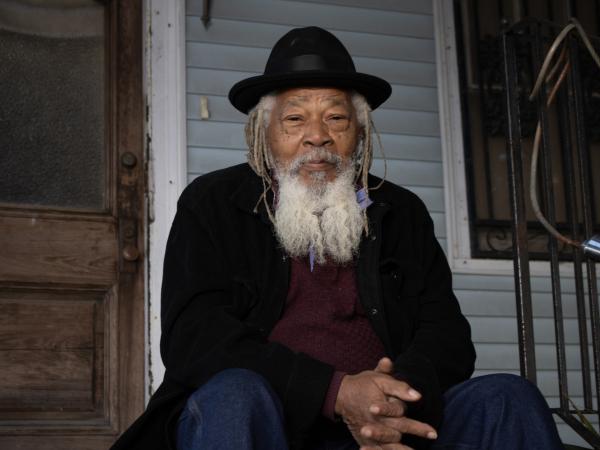Hurrikan Katrina: Wettlauf gegen die Zeit (Hurricane Katrina: Race Against Time)
When Hurricane Katrina hit in 2005, Malik Rahim was a West Bank, an Algiers Point resident. He recounts his experience while being interviewed for the production of National Geographic's Hurricane Katrina: Race Against Time. With emotional accounts of survivors and immersive archival footage, the series reveals Hurricane Katrina as a disaster that was anything but natural.
Bildauswahl:

When Hurricane Katrina hit in 2005, Malik Rahim was a West Bank, an Algiers Point resident. He recounts his experience while being interviewed for the production of National Geographic's Hurricane Katrina: Race Against Time. With emotional accounts of survivors and immersive archival footage, the series reveals Hurricane Katrina as a disaster that was anything but natural.

The 17th Street Canal in New Orleans, LA, USA.

When Hurricane Katrina hit in 2005, Malik Rahim was a West Bank, an Algiers Point resident. He recounts his experience while being interviewed for the production of National Geographic's Hurricane Katrina: Race Against Time. With emotional accounts of survivors and immersive archival footage, the series reveals Hurricane Katrina as a disaster that was anything but natural.

Mayor Nagin and others speak at a press conference about the master plan to rebuild New Orleans following Hurricane Katrina.

Tremé resident Lynette Boutte survived the devastation of Hurricane Katrina through chest-deep waters and the scorching concrete of the Claiborne Bridge. Boutte, who is now an advocate for the restoration of the culture and heritage of New Orleans, recounts her experience during an interview for National Geographic's Hurricane Katrina: Race Against Time. With emotional accounts of survivors and immersive archival footage, the series reveals Hurricane Katrina as a disaster that was anything but natural.

New Orleans residents board a plane to relocate following Hurricane Katrina.
Übersicht
Themen
Details
Hinweis
10 weitere Sendetermine
- in Kalender eintragen
in Kalender eintragen
-
Sendung eintragen in:
Kalender
Google Kalender
-
-
Sendung hinzufügen
zum Merkzettel hinzufügen
-
+ Sendung als TV-Agent einrichten
als TV-Agent einrichten
-
Freunde per Email informieren
per Email informieren
-
in Website einbetten
- 10 weitere Sendetermine
weitere Sendetermine

